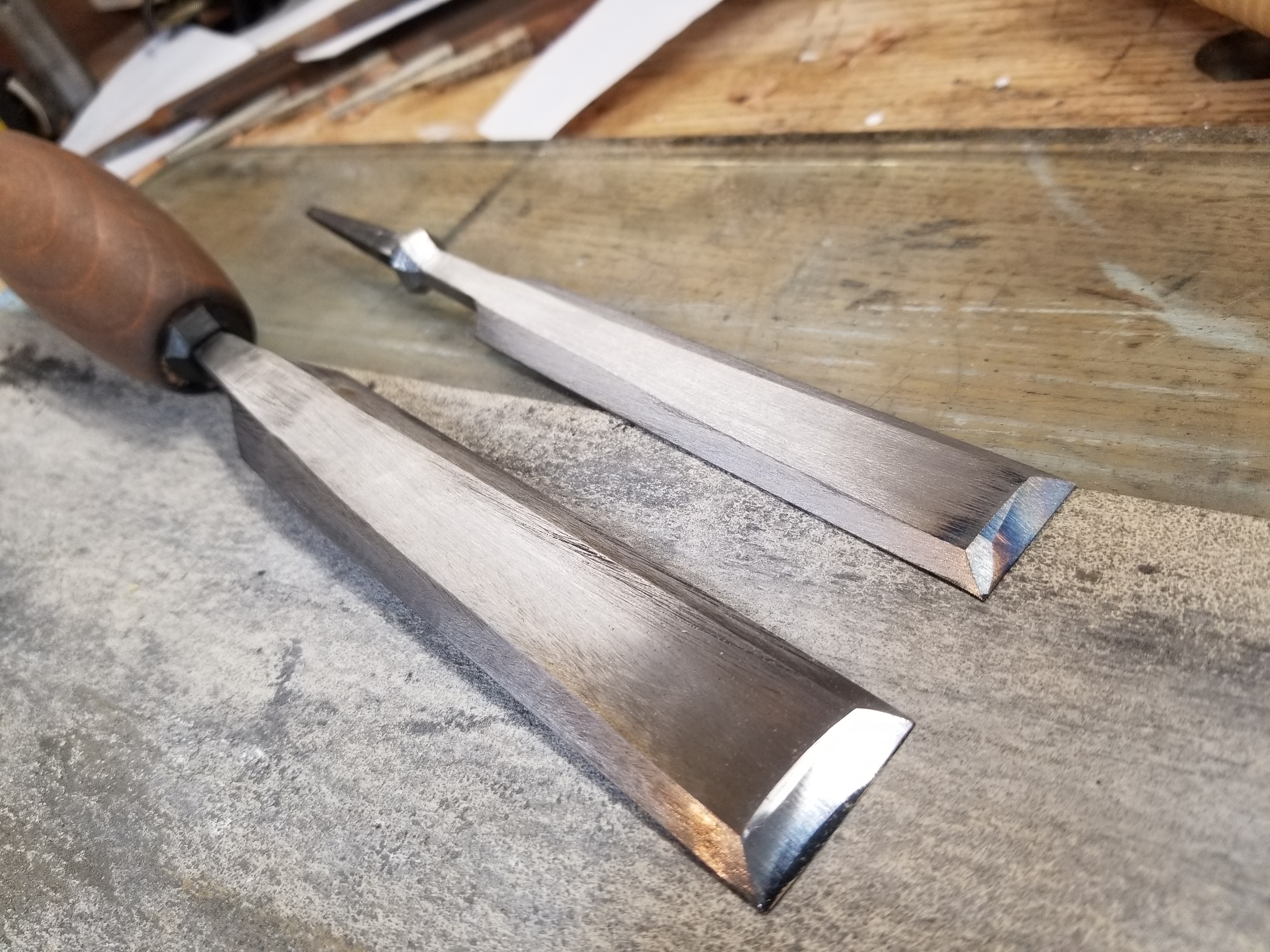The plinth is there principally to deal with the base of the box. The box has a plywood base (so I don't have to worry about wood movement). I could have put it in a slot or in a rebate in the sides, but it's not very easy to cut those when you have through dovetails (you need to do stopped grooves/rebates so they don't show on the outside). My solution (and I've no idea if it's the right one!) was to simply glue and pin the ply base to the bottom of the sides and then add the plinth to cover it all. The plinth extends underneath so it covers the pins underneath as well (picture of the box bottom below). It's a bit of a faff to make the plinth to be honest but I quite like the look of it.
View attachment 95127
The dowels are part of the "breadboard ends". If the lid was made just with a single piece running all the way across the box, there would be a strong possibility of that warping (twisting or cupping). Breadboard ends are designed to keep it all flat. The centre piece has three tenons on each side running into mortises on the end pieces. The dowels run through the ends and the hidden tenons. The centre tenon has a snug fit and is glued in and the dowel also fits snugly in the hole in the tenon. The two outer tenons are not glued, have oversized mortises, and the holes for the dowels are elongated to for wood movement.
I hope this explanation is clear without going into masses of detail. I'm making another lid at the moment and will try to take some pictures as I go along. If you google breadboard ends you'll find some more fulsome explanations.
How wide was that board originally? That is some damn wide sapwood or very good slip matching to get that grain line up







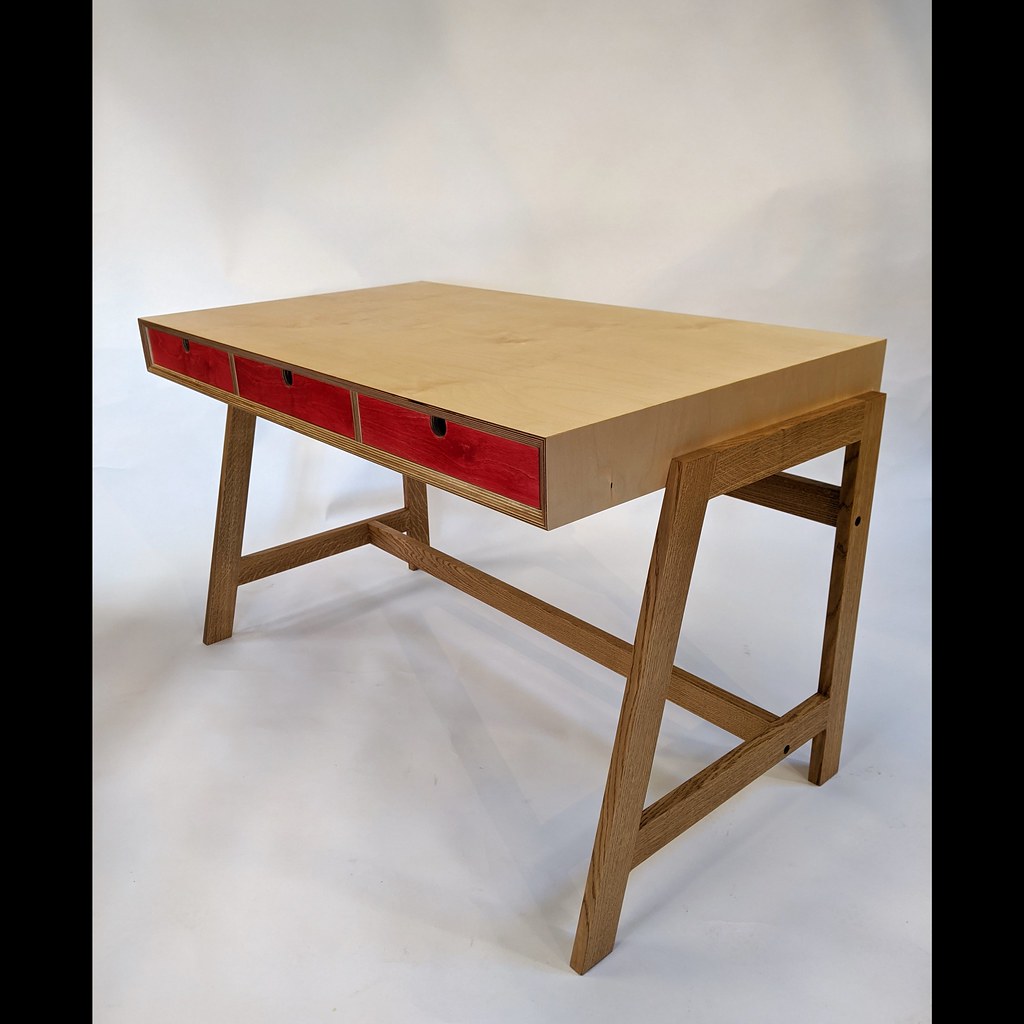 Untitled
Untitled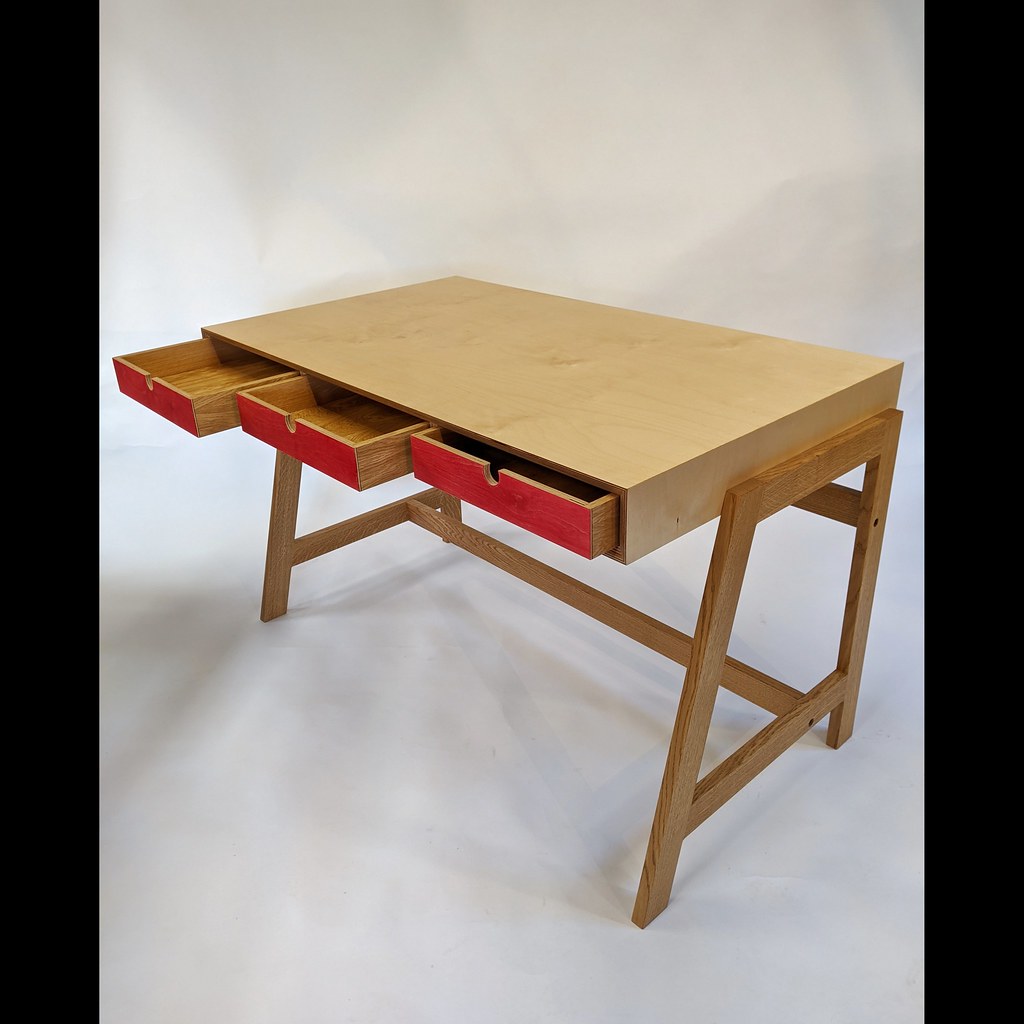 Untitled
Untitled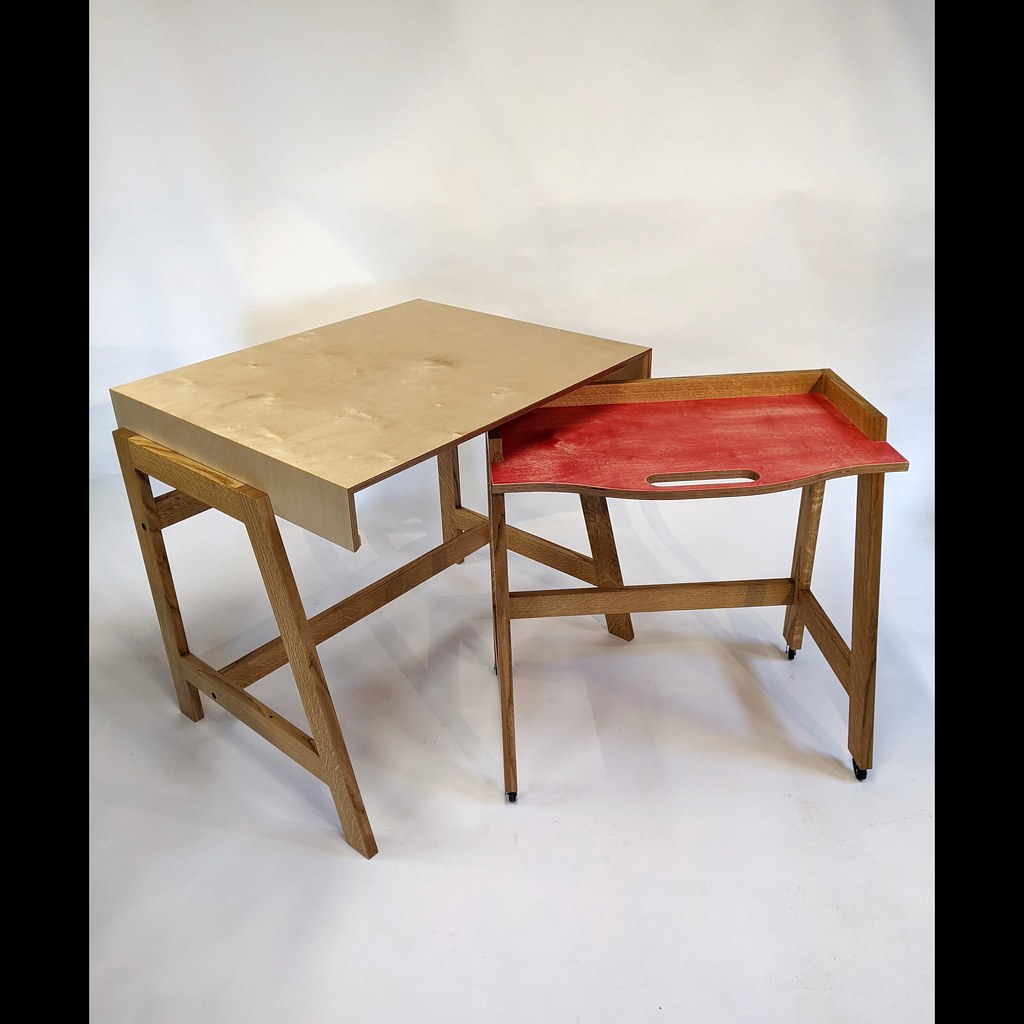 Untitled
Untitled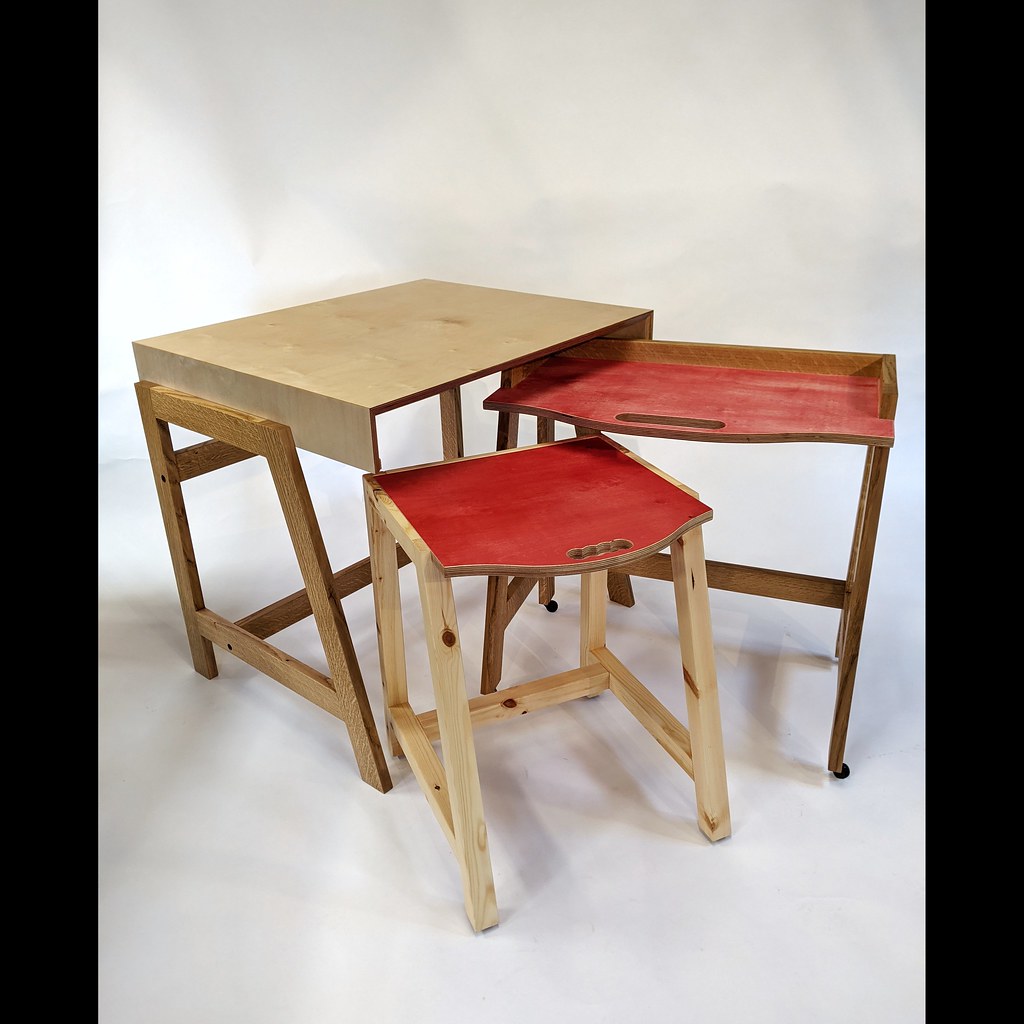 Untitled
Untitled Untitled
Untitled















